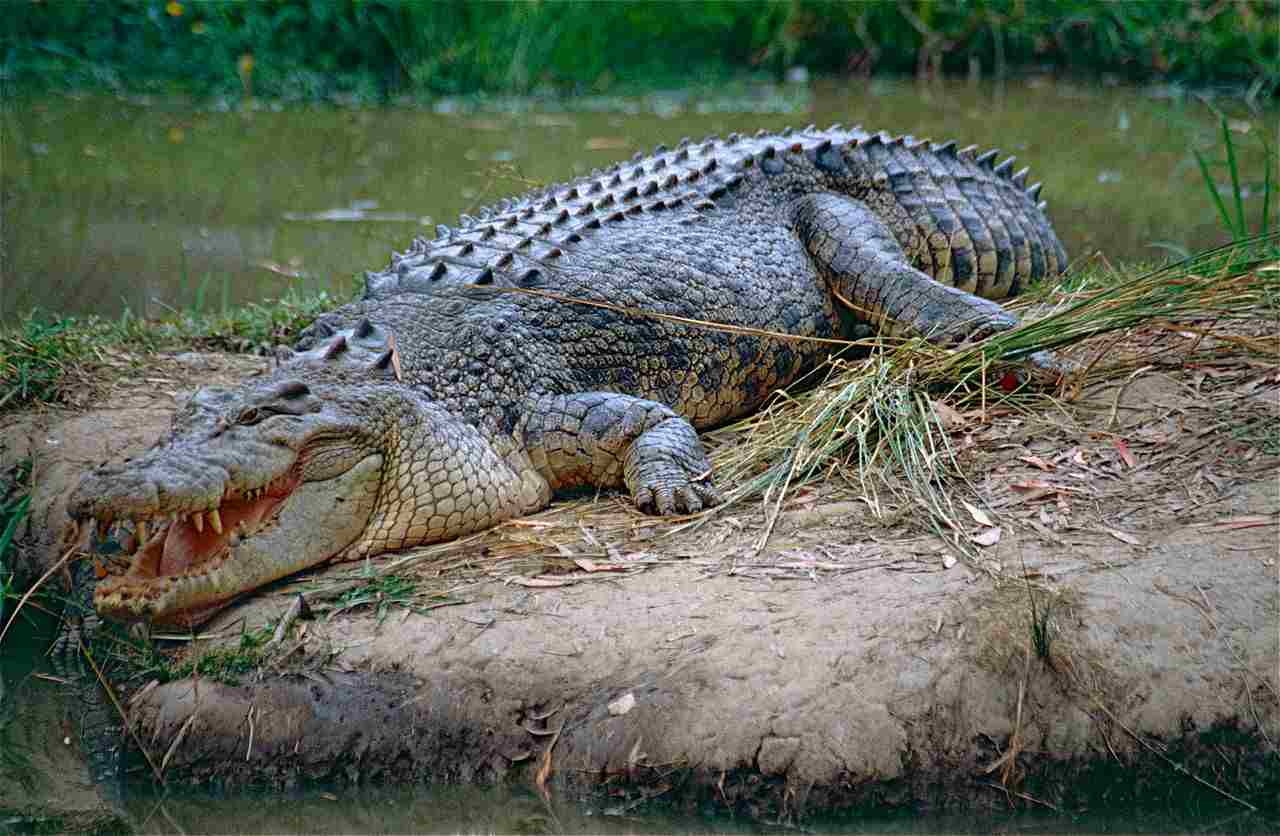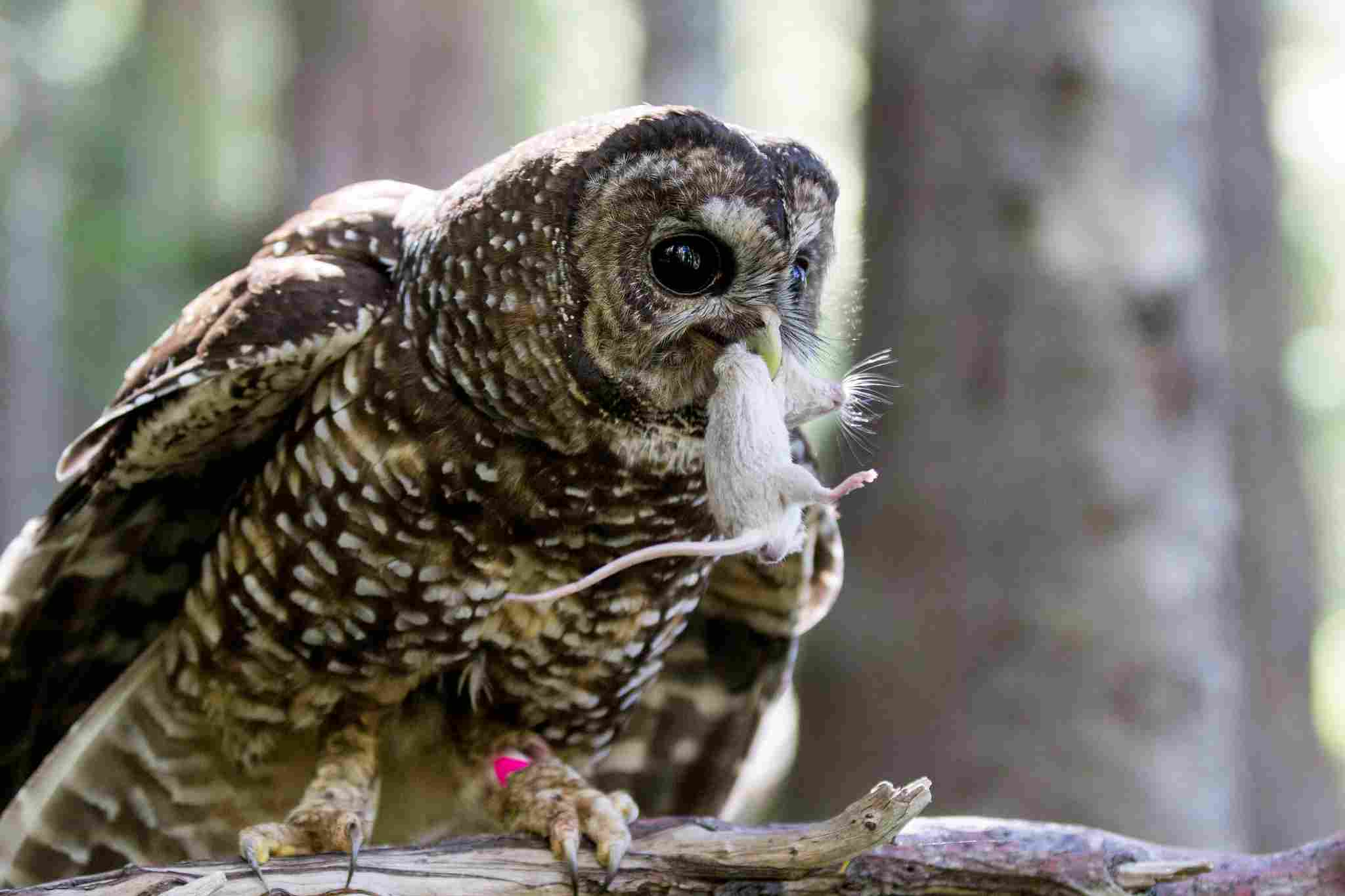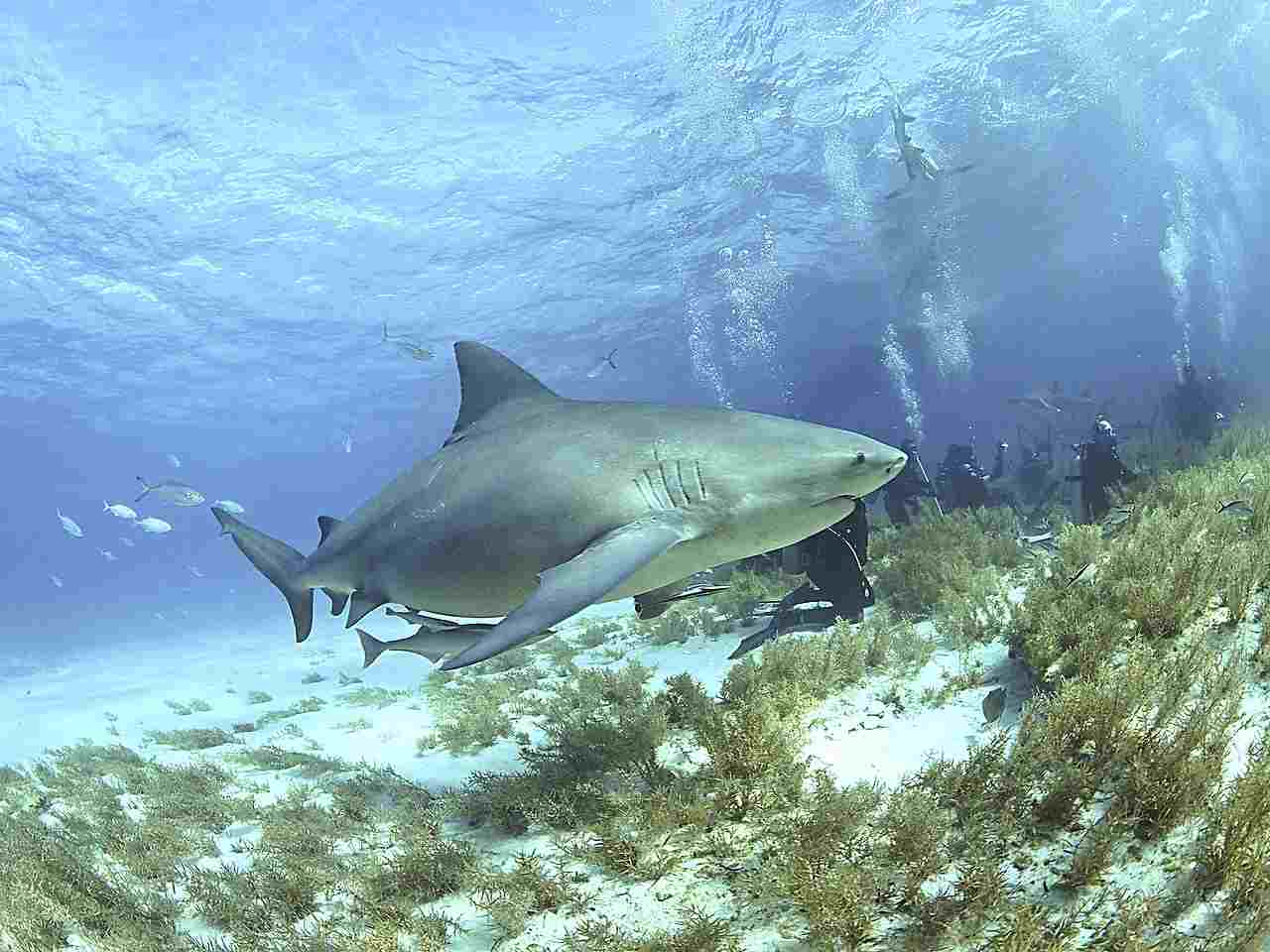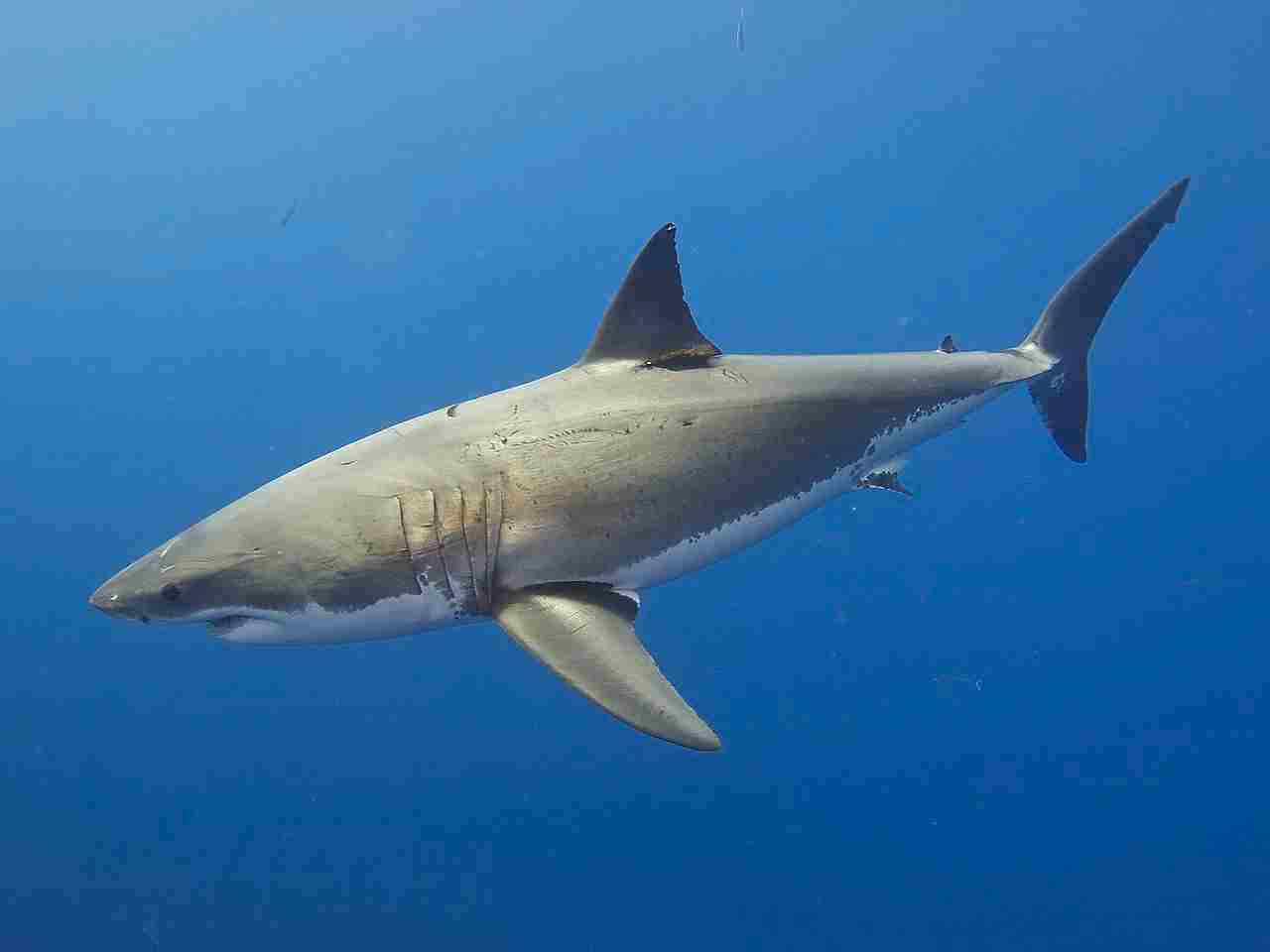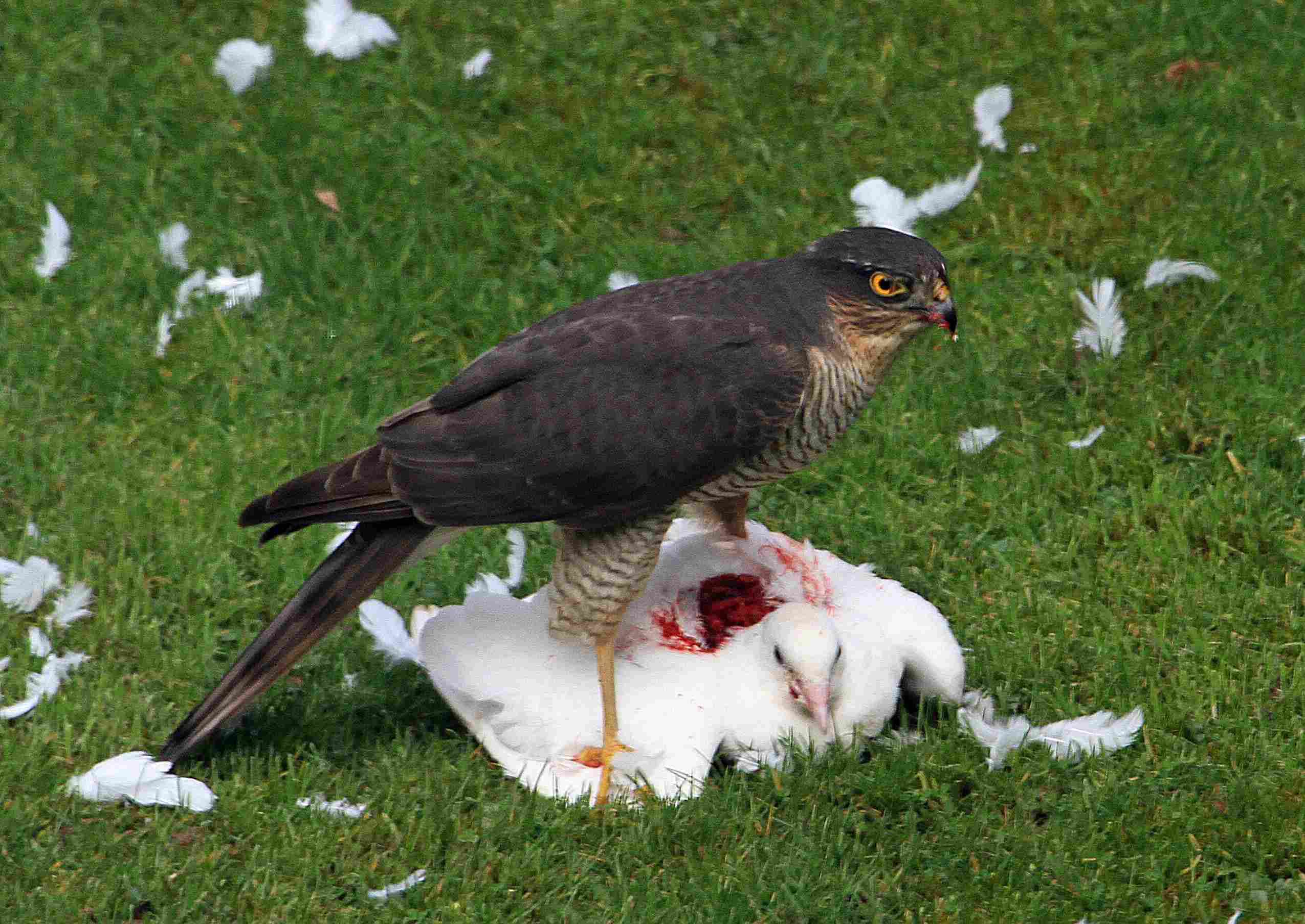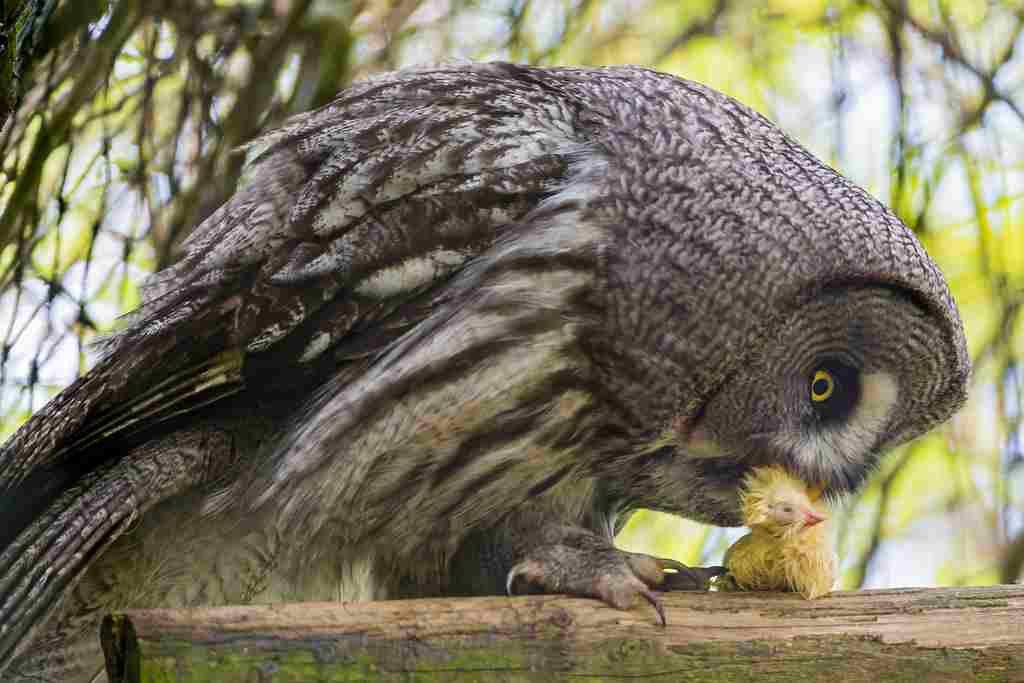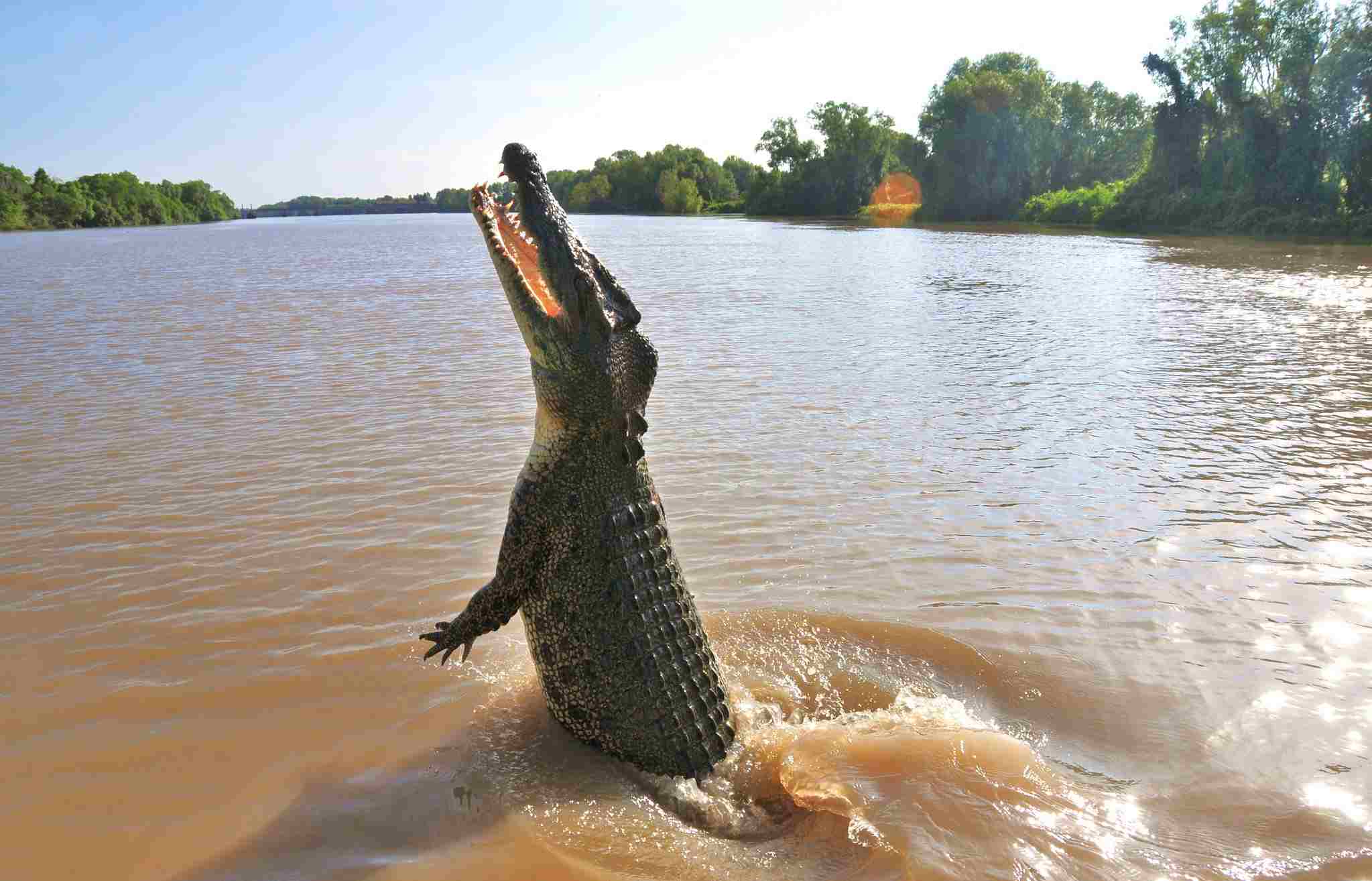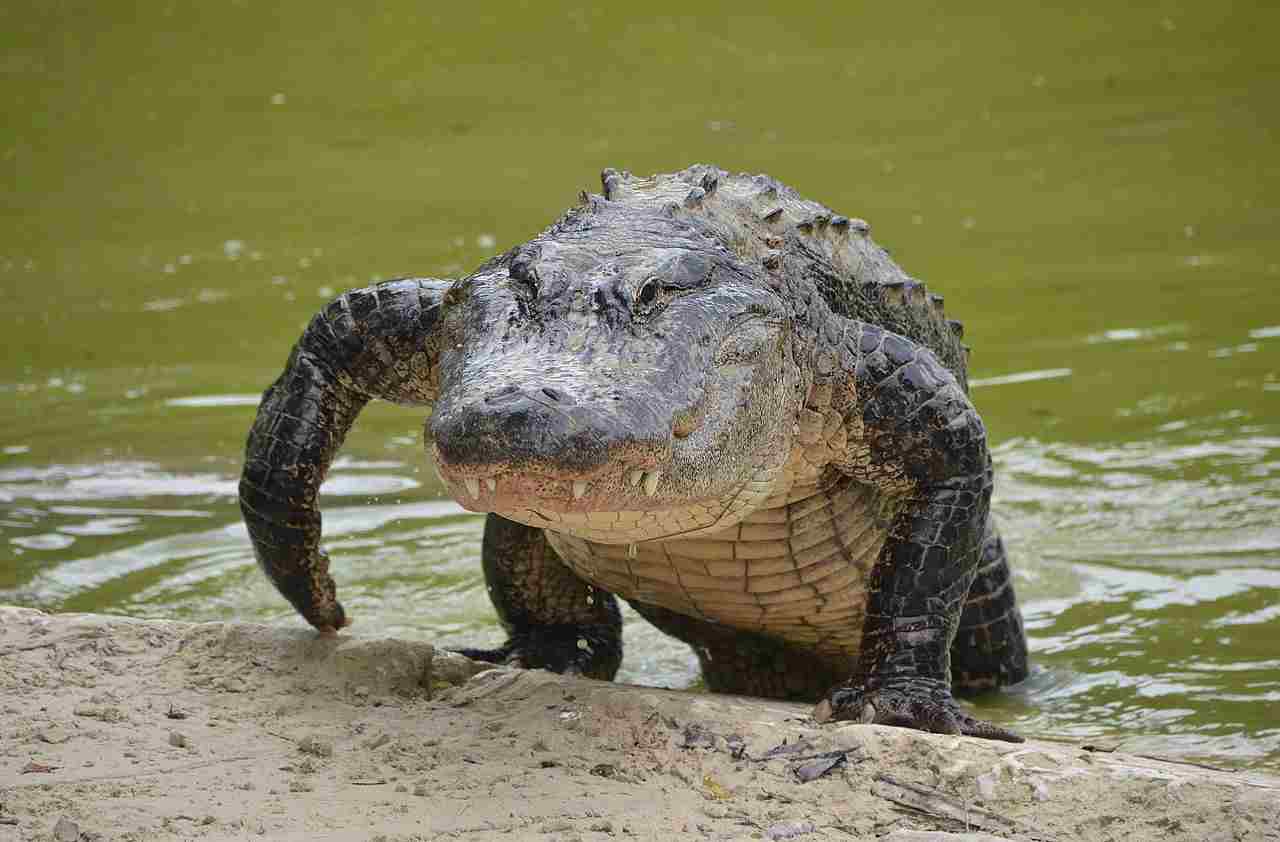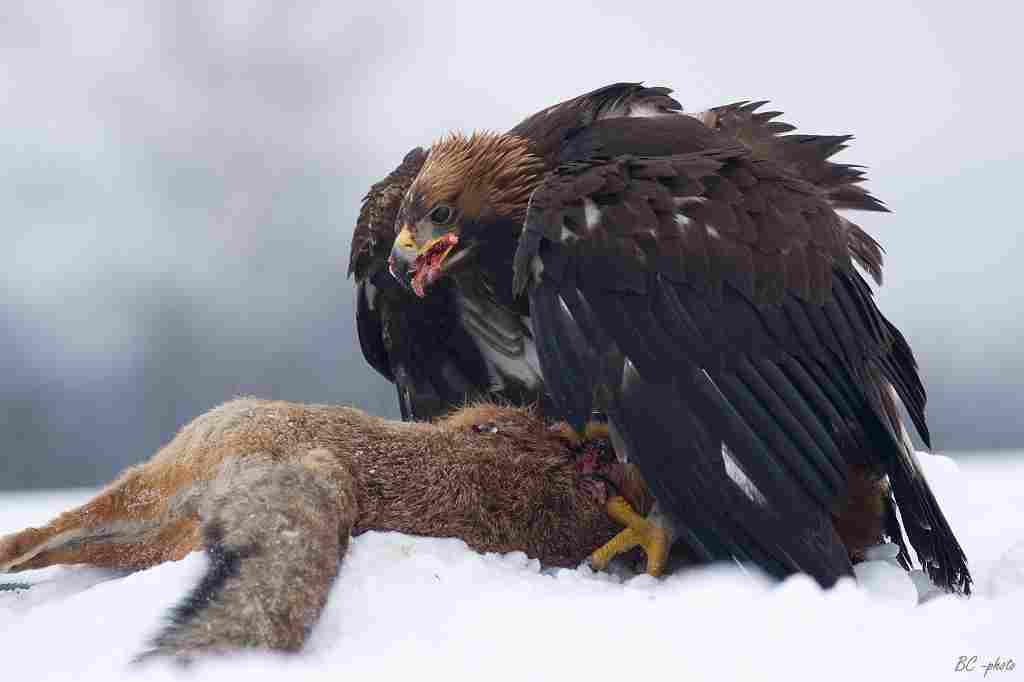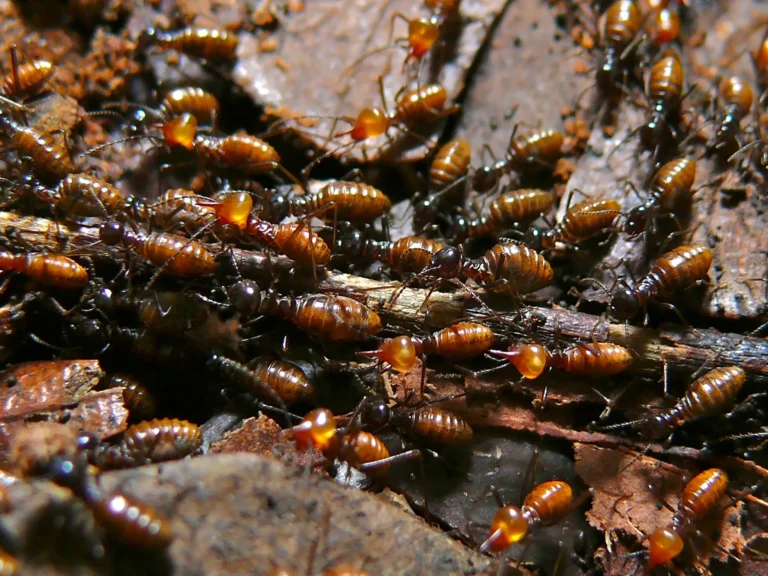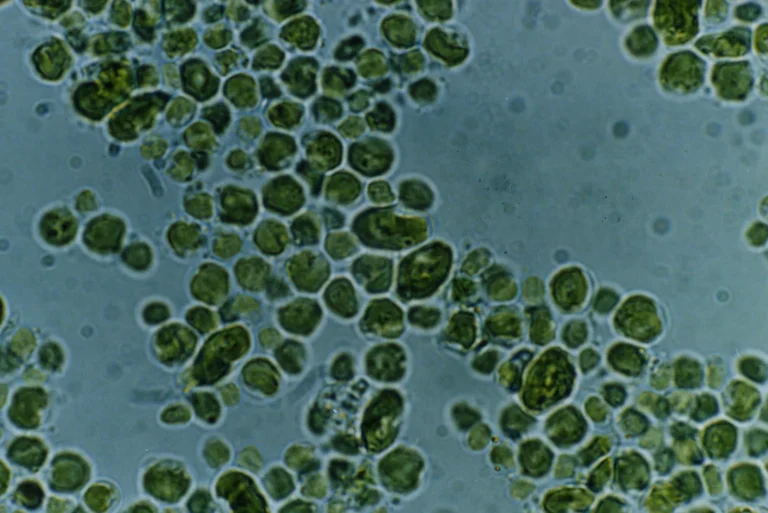9+ Predators In Australia and Their Characteristics
Examples of predators in Australia are diverse, ranging from birds and reptiles to mammals and sharks. The Swamp Harrier is a bird of prey that hunts in wetlands and grasslands, known for its low flights to catch small mammals, birds, and reptiles. Owls, such as the Powerful Owl, are nocturnal predators with silent flight and keen hearing, while hawks like the Brown Goshawk use agile flight and keen eyesight to capture their prey. The Saltwater Crocodile is the largest reptile in Australia, with powerful jaws and a stealthy hunting style, while the Dingo is the largest terrestrial predator, known for its intelligence and adaptability.
Monitor lizards, also known as goannas, are large reptiles that feed on a variety of prey, and the Great White Shark is a formidable marine predator found along the Australian coast. The King Brown Snake, sometimes referred to as an “Australian Cobra,” is a highly venomous elapid snake. Spiders in Australia come in various forms, from harmless to deadly, with some playing a crucial role in controlling insect populations. Lastly, the Green Tree Python is a vibrant green arboreal snake that primarily feeds on small mammals and birds.
1. Swamp Harrier
The Swamp Harrier (Circus approximans) is a prominent bird of prey found throughout Australia, particularly in wetlands, grasslands, and open fields. This raptor is recognizable by its broad wings and long tail, allowing it to glide effortlessly over marshes and swamps in search of prey. Its keen eyesight and acute sense of hearing enable it to detect small mammals, birds, and reptiles from considerable distances. The Swamp Harrier’s plumage is generally brown with white streaks, providing excellent camouflage in its habitat. This bird is known for its slow, low flights over the terrain, sometimes dipping down to capture its prey with sharp talons.
Swamp Harriers play a crucial role in maintaining the balance within their ecosystems by controlling the populations of various prey species. They are also opportunistic feeders, meaning they can adapt their diet based on the availability of food sources, including scavenging on carrion when necessary. These harriers build their nests on the ground, often in dense reeds or long grass, offering protection to their eggs and hatchlings. Despite their adaptability, the Swamp Harrier’s populations are vulnerable to habitat loss due to agricultural expansion and wetland drainage, making conservation efforts important for their continued survival.
2. Owl
Owls in Australia encompass a variety of species, ranging from the small Southern Boobook to the large and imposing Powerful Owl. These nocturnal predators are distinguished by their silent flight, large forward-facing eyes, and keen hearing, enabling them to hunt in the dark. Australian owls inhabit diverse environments, from dense forests to open savannas, and their diet primarily consists of small mammals, birds, insects, and reptiles. Their adaptability allows them to thrive in both rural and urban areas, where they play an important role in controlling rodent populations.
Owls use a unique hunting technique: they fly silently through their habitats, listening for the slightest rustling of prey. Once they locate their target, they swoop down with precise timing and grab it with their strong talons. Owls in Australia also use tree hollows or other secluded spots for nesting, where they raise their young. Despite their adaptability, certain owl species face threats from habitat destruction and competition from invasive species. Conservation measures focused on preserving natural habitats and providing nesting sites are critical to ensuring their continued success.
3. Hawk
Hawks in Australia are swift, powerful predators with keen eyesight and agile flight capabilities. The most well-known hawk species in Australia include the Brown Goshawk and the Collared Sparrowhawk, both of which are skilled hunters that prey on a wide range of animals, including birds, reptiles, and small mammals. Hawks are often seen soaring high in the sky, using thermal currents to gain altitude before diving down with incredible speed to catch their prey. Their excellent vision and razor-sharp talons make them formidable predators in the Australian ecosystem.
Hawks are versatile in their nesting habits, with some building large nests in tall trees while others use cliffs or man-made structures. They play a crucial role in controlling the populations of smaller birds and mammals, contributing to the ecological balance. However, like many other raptors, hawks face threats from habitat loss and the use of pesticides, which can impact their food sources and reproductive success. Conservation efforts aimed at protecting natural habitats and reducing pesticide use are key to maintaining healthy hawk populations in Australia.
4. Saltwater Crocodile
The Saltwater Crocodile (Crocodylus porosus) is the largest reptile in Australia and one of the most fearsome predators in the world. These massive crocodiles can grow over six meters in length and are found in the coastal regions and river estuaries of northern Australia. Known for their powerful jaws and stealthy hunting techniques, saltwater crocodiles are apex predators that prey on a variety of animals, including fish, birds, mammals, and even other reptiles. Their ability to survive in both saltwater and freshwater environments allows them to thrive in a range of habitats, from mangrove swamps to open ocean waters.
Saltwater crocodiles are known for their patient hunting style; they often wait submerged just below the water’s surface, with only their eyes and nostrils visible. Once they detect potential prey, they launch a sudden, explosive attack, using their powerful jaws to capture and subdue their target. The population of saltwater crocodiles has rebounded significantly since conservation measures were put in place to protect them from overhunting. However, they are still at risk from habitat loss and human-wildlife conflict, particularly in areas where human development encroaches on their natural habitats.
5. Dingo
The Dingo (Canis lupus dingo) is Australia’s largest terrestrial predator, known for its intelligence, agility, and adaptability. As a wild canine species, dingoes are found throughout Australia, from forests and grasslands to deserts and coastal areas. Dingoes are opportunistic hunters, preying on a variety of animals, including kangaroos, rabbits, birds, and reptiles. They are also known to scavenge when necessary, which helps maintain ecological balance by removing carrion from the environment. Dingoes play a crucial role in controlling populations of introduced species like rabbits and feral cats, which can otherwise cause significant ecological damage.
Dingoes are social animals, often forming small packs with defined territories. They use a combination of vocalizations, body language, and scent marking to communicate and maintain group cohesion. Despite their ecological importance, dingoes face significant threats from habitat fragmentation, hybridization with domestic dogs, and culling due to their perceived threat to livestock. Conservation efforts focus on preserving pure dingo populations and managing human-wildlife conflict in a way that supports both agricultural interests and the ecological role of these iconic Australian predators.
6. Monitor Lizard
Monitor lizards, known as goannas in Australia, are a diverse group of large reptiles that inhabit a wide range of environments across the continent. These formidable predators vary in size, with the Perentie being the largest, reaching up to 2.5 meters in length. Monitor lizards are highly adaptable and can be found in forests, savannas, deserts, and coastal areas. They are opportunistic hunters, feeding on small mammals, birds, reptiles, insects, and carrion. Some larger monitor species, like the Lace Monitor, are known to scavenge on the remains of larger animals, playing an essential role in nutrient cycling within their ecosystems.
Monitor lizards possess strong limbs, sharp claws, and powerful tails, making them skilled climbers and swimmers. They are also known for their intelligence, often using tools and exhibiting problem-solving skills. Monitor lizards use burrows or tree hollows for shelter and nesting, where they lay eggs and raise their young. Despite their adaptability, some species of monitor lizards are at risk due to habitat loss, illegal pet trade, and persecution from humans. Conservation efforts focused on habitat protection and regulating the pet trade are crucial to ensuring the continued survival of these remarkable reptiles.
7. Great White Shark
The Great White Shark (Carcharodon carcharias) is one of the most iconic marine predators, known for its size, power, and sharp teeth. Found along the coastal waters of Australia, these sharks can grow up to six meters in length and weigh over two tons. Great White Sharks are apex predators that prey on a variety of marine animals, including seals, sea lions, dolphins, and other fish. Their keen sense of smell and exceptional eyesight allow them to detect prey from great distances. They are also known for their breaching behavior, where they launch themselves out of the water to capture seals or other fast-moving prey.
Great White Sharks play a critical role in maintaining the health of marine ecosystems by controlling the populations of other marine predators and removing weak or sick individuals. However, they are often misunderstood and feared due to their occasional attacks on humans. Conservation efforts have been implemented to protect Great White Sharks from overfishing and bycatch, as their populations have declined due to human activities. These efforts aim to balance the need for shark conservation with public safety, promoting a better understanding of these magnificent predators and their role in the marine ecosystem.
8. Australian Cobra
The term “Australian Cobra” can sometimes refer to the various elapid snakes native to Australia, particularly those with hood-like displays, similar to cobras. A more accurate name for this category would be the King Brown Snake (Pseudechis australis), one of the largest and most venomous snakes in Australia. Found in a variety of environments, from arid deserts to coastal regions, this snake is a highly skilled predator, feeding primarily on small mammals, birds, and reptiles. Its potent venom is a key adaptation for quickly subduing its prey, and it also serves as a defense against potential threats.
Australian cobras, such as the King Brown Snake, are solitary creatures, typically active during the cooler parts of the day, like early morning or evening. They can grow to considerable lengths, often exceeding two meters, with a powerful build and striking coloration, ranging from brown to copper hues. Despite their fearsome reputation, these snakes play an important role in controlling pest populations, particularly rodents. Conservation efforts for Australian cobras focus on educating the public about snake safety and preserving natural habitats to ensure these snakes continue to contribute to the ecological balance.
9. Spider
Australia is home to a vast array of spiders, from the iconic and deadly Funnel-Web Spider to the ubiquitous Huntsman Spider. These arachnids are found in virtually every environment across the continent, from dense rainforests to arid deserts. Spiders are key predators in the ecosystem, controlling insect populations and serving as prey for birds and other animals. Their webs come in various forms, with orb-weavers creating intricate spiral webs and others, like the Funnel-Web, constructing complex burrow traps.
Australian spiders have a diverse range of hunting techniques, with some spinning webs to catch prey and others, like the Wolf Spider, actively hunting their targets. While some Australian spiders, such as the Redback and Funnel-Web, are venomous and can pose a risk to humans, most are harmless and play a beneficial role in controlling pests. Conservation efforts for spiders focus on maintaining natural habitats and educating the public about the importance of these predators. Despite their often fearsome appearance, spiders are essential to a healthy ecosystem and contribute to the biodiversity of Australia.
10. Green Tree Python
The Green Tree Python (Morelia viridis) is a striking and vibrant snake species native to northern Australia, known for its bright green coloration and unique arboreal lifestyle. These pythons inhabit tropical rainforests and are adept at climbing, spending much of their lives coiled in the branches of trees. Their diet consists primarily of small mammals and birds, which they capture with their sharp teeth and powerful constriction techniques. The Green Tree Python’s bright green scales provide excellent camouflage among the foliage, allowing it to remain hidden from both predators and prey.
Green Tree Pythons are known for their distinctive coiling behavior, often seen resting in a tight loop over branches. They are generally non-venomous and pose little threat to humans, although their sharp teeth can deliver a painful bite if provoked. These snakes are popular in the pet trade due to their striking appearance, leading to concerns about overcollection and habitat loss. Conservation efforts for the Green Tree Python focus on regulating the pet trade and preserving their natural habitats, ensuring that these beautiful snakes continue to thrive in the wild. These conservation efforts are crucial to maintain the ecological balance in their native rainforests, where they play a role as both predator and prey.
*Summary
-
Swamp Harrier: A bird of prey with broad wings and a long tail. It hunts in wetlands, grasslands, and open fields. Known for low flights over terrain to capture prey.
-
Owl: Nocturnal bird with silent flight and keen hearing. Hunts small mammals, birds, and insects. Found in diverse environments, from forests to savannas.
-
Hawk: Agile raptor with keen eyesight and razor-sharp talons. Preys on birds, reptiles, and small mammals. Commonly seen soaring in the sky, using thermal currents to hunt.
-
Saltwater Crocodile: The largest reptile in Australia, with powerful jaws and stealthy hunting techniques. Found in coastal regions and river estuaries. Known for sudden, explosive attacks on prey.
-
Dingo: Australia’s largest terrestrial predator. Opportunistic hunter and scavenger. Found throughout the continent, from forests to deserts. Plays a crucial role in controlling invasive species.
-
Monitor Lizard: Also known as goannas. Large reptiles with sharp claws and powerful tails. Found in diverse habitats, from forests to deserts. Feed on small mammals, birds, reptiles, insects, and carrion.
-
Great White Shark: An iconic marine predator found in coastal Australian waters. Known for its size, power, and sharp teeth. Plays a critical role in marine ecosystems by controlling other predator populations.
-
Australian Cobra (King Brown Snake): A large and venomous elapid snake. Found in various environments, from deserts to coastal regions. Its potent venom quickly subdues prey.
-
Spider: Australia has a wide variety of spiders, ranging from harmless to venomous. They play a crucial role in controlling insect populations and serve as prey for birds and other animals.
-
Green Tree Python: A vibrant green snake native to northern Australia. It lives in trees and primarily feeds on small mammals and birds. Known for its unique coiling behavior over branches.
| Predator | Description |
| Swamp Harrier |
Bird of prey with broad wings and a long tail, hunting in wetlands and grasslands. Known for low flights to capture prey.
|
| Owl |
Nocturnal bird with silent flight and keen hearing. Hunts small mammals, birds, and insects. Found in diverse environments.
|
| Hawk |
Agile raptor with keen eyesight and razor-sharp talons. Preys on birds, reptiles, and small mammals. Often seen soaring in the sky.
|
| Saltwater Crocodile |
Largest reptile in Australia. Known for powerful jaws and stealthy hunting. Found in coastal regions and river estuaries.
|
| Dingo |
Largest terrestrial predator in Australia. Opportunistic hunter and scavenger. Found throughout the continent, from forests to deserts.
|
| Monitor Lizard |
Large reptiles with sharp claws and powerful tails. Feed on small mammals, birds, reptiles, insects, and carrion. Found in diverse habitats.
|
| Great White Shark |
Iconic marine predator with size, power, and sharp teeth. Found in coastal Australian waters. Controls other predator populations.
|
| Australian Cobra |
Known as the King Brown Snake. Large and venomous elapid snake. Found in various environments, with potent venom to subdue prey.
|
| Spider |
Wide variety of spiders, from harmless to venomous. Play a crucial role in controlling insect populations and serve as prey for other animals.
|
| Green Tree Python |
Vibrant green snake that lives in trees. Primarily feeds on small mammals and birds. Known for unique coiling behavior over branches.
|
